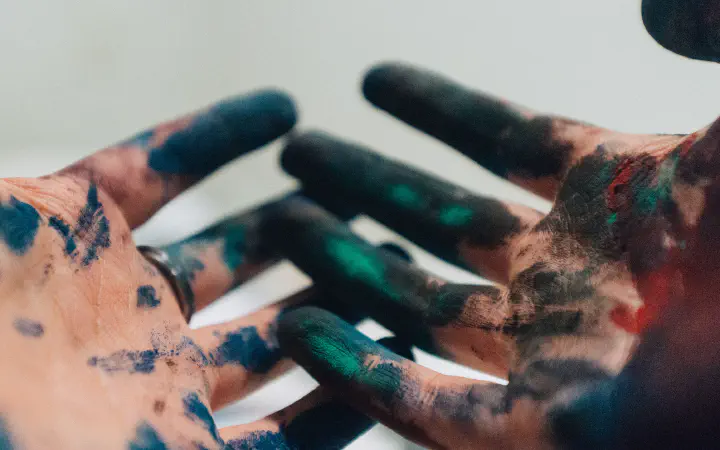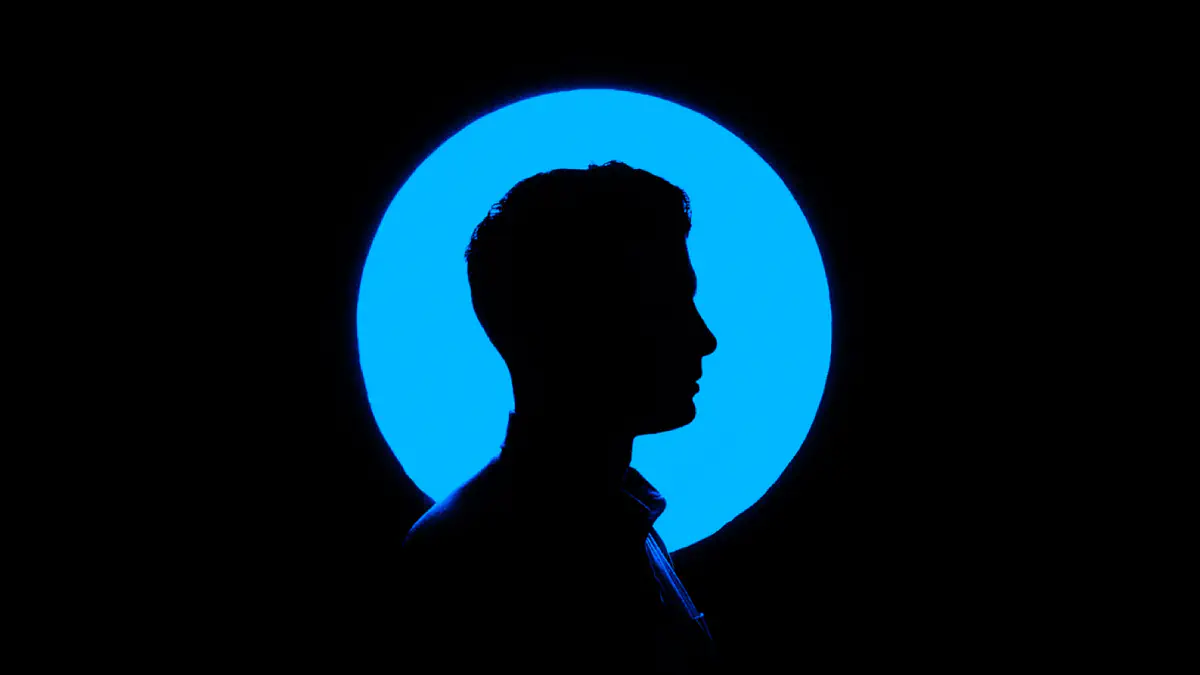
Design starts with empathy, in order to understand our customers motivations. Empathy opens the door for understanding motivations – among other things. As a designer, working through the design process, we gain insights from observing our customers behavior. Too many times we observe our customers experiencing a problem or solving one in a unique way and we respond specifically to that behavior with a solution to the very thing we've witnessed.
Here is a personal example. Lets say you’re designer for Sears. You could have recently observed me at our local Sears store shopping for some basic tools. You would have seen me earnestly browsing from aisle to aisle and eventually noticed that I was looking for small tools. You could make some basic assumptions about my hunt from small tools as well. Maybe I was looking for tools to fit in a kitchen drawer or to fit in small hands. After seeing my frustration, you could have gone back to Sears HQ and determined that Sears needed to put all their small tools in one place, or even made more small tools. You could tell your VP about the exciting product strategy you’re rolling out based on the insights you gained by observing me shop. You would also miss an opportunity to innovate.
**What you don’t see, by purely observing, is WHY I’m shopping for small tools. What is my motivation? **
The valuable outcome of observation is delivering a solution that is informed by motivation. I think this visual will go a long way in explaining what I mean. It was shared with me from an ex-IDEO friend.

Observation starts in the lower left quadrant; observing me hunt for small tools. Without understanding my motivations for purchasing small tools, you could create a product offering that solved my search pain. This linier approach to solving a problem is often passed as innovative design observation and research. Hogwash. The results of “observation only offerings” are generally very limited and barely scratch the surface of consumer desire.
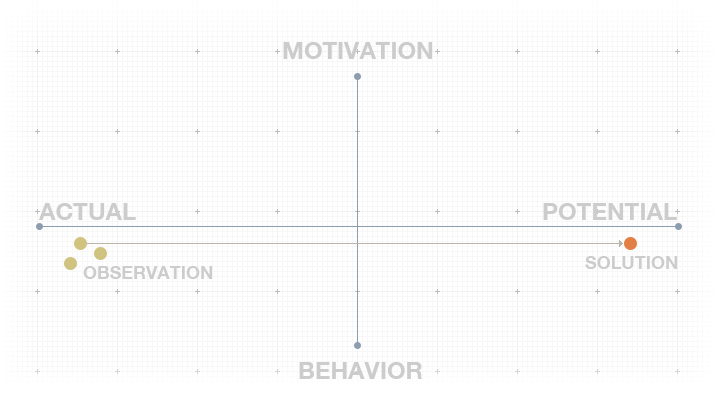
If we first gain insights (outliers, patterns, etc.) from our observations, we’ll be able to uncover our customers motivations behind their behavior (our favorite tool for doing this is the simple question: “Why?”). Understanding the motivations behind the behavior gives us the opportunity to solve the problem in many different ways, all of which will resinate with our customers at some level (there is loads of work to be done to determine which ideas will work best, but that’s another post).
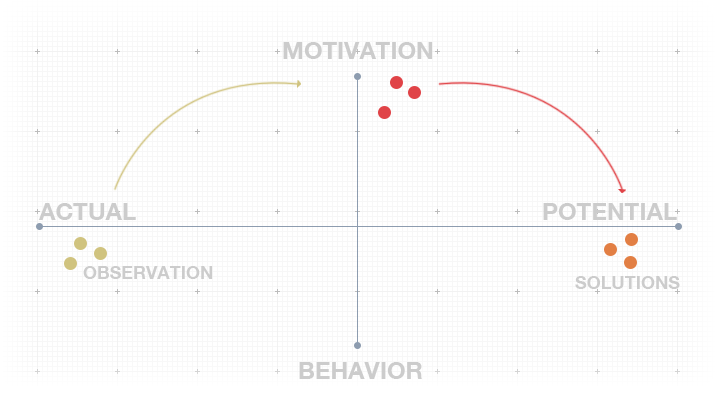
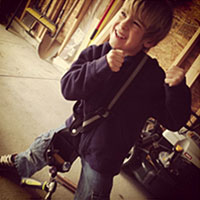
Notice the over sized tool belt?
If you’ve stuck with me this far, you might be wondering why I was hunting for small tools. I was shopping for my son, who was about to turn 6 years old.
Here is where the designer begins uncovering motivations!
Why?
A: Because he loves hanging out with me in the garage when I’m building a piece of furniture.
Why do you want to encourage that behavior?
A: Because I think it is important to be able to think with your hands and to make things that were once trapped in your head and bring them to real life.
Why do you want to teach that to your son?
A: Because I want to prepare him to think and create. Because I want him to have a bright future. Because I want to be a dad that equips his kids to be creative contributors to society. Because my dad taught me. Because I want to be a good dad.
Now, as a designer for Sears, can you see how much MORE you could offer dads like me? Far more than putting small tools together on a shelf.**
The opportunities to design and innovate become exciting and meaningful when we understand motivations!
Photo by Ben Sweet on Unsplash


